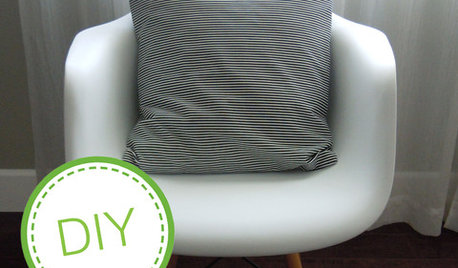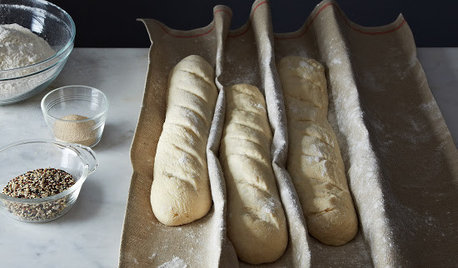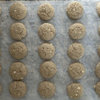Cost Benefit Analysis Store Bought Bread vs Homemade
happs
13 years ago
Related Stories

DIY PROJECTSRevive Your Space With a Homemade Pillow Cover
Give your bed or sofa a new look with a little fabric and some simple sewing skills
Full Story
BUDGET DECORATINGPop Culture Watch: Get a Good Rap With Thrift Store Scores
Eight rooms that rock secondhand finds, in an ideabook inspired by rappers taking YouTube by storm
Full Story
ORGANIZINGPre-Storage Checklist: 10 Questions to Ask Yourself Before You Store
Wait, stop. Do you really need to keep that item you’re about to put into storage?
Full Story
KITCHEN DESIGNKitchen Luxuries: The Wood-Fired Pizza Oven
If you love homemade pizza and are (ahem) rolling in dough, a wood-burning oven may be just the right kitchen investment
Full Story
HOUSEKEEPINGHow to Fix a Stinky Garbage Disposal
No plumber’s fee or even a trip to the hardware store is required with these easy solutions
Full Story
MOST POPULARHow Much Room Do You Need for a Kitchen Island?
Installing an island can enhance your kitchen in many ways, and with good planning, even smaller kitchens can benefit
Full Story
GARDENING FOR BUTTERFLIES3 Ways Native Plants Make Gardening So Much Better
You probably know about the lower maintenance. But native plants' other benefits go far beyond a little less watering and weeding
Full Story
APARTMENTSMy Houzz: Vintage Whimsy in a College Apartment in New Orleans
A graphic design student fills her first rental with childhood mementos, consignment store finds and budget-friendly DIY style
Full Story
LIFESimple Pleasures: The Joy of Baking
Fill your house with a heavenly scent and your heart with cheer by making time to bake
Full Story
PRODUCT PICKSGuest Picks: Be Your Own Artisanal Chef
You may never settle for prepared foods again with these cooking tools, gadgets and storage pieces
Full Story




teresa_nc7
arabellamiller
Related Discussions
Homemade vinegar - finishing?
Q
Have Bones To Pick With
Q
Vote: oven change. Function vs form vs cost (lots of pics)
Q
Does a new bread machine ' Zojirushi'use a lot of energy?
Q
grainlady_ks
katefisher
ghoghunter
rachelellen
nancyofnc
susytwo
Jasdip
lindac
arley_gw
twoscoops
jessicavanderhoff
katefisher
shambo
jessicavanderhoff
annie1992
grainlady_ks
annie1992
jojoco
jessicavanderhoff
annie1992
John Liu
donnar57
partst
deegw
Jasdip
annie1992
John Liu
jessicavanderhoff
jude31
annie1992
partst
jude31
grainlady_ks
John Liu
chase_gw